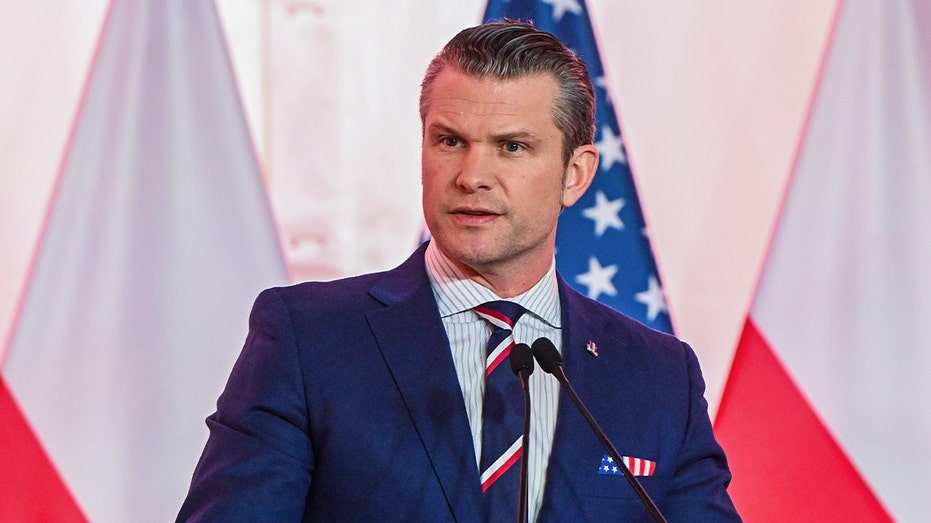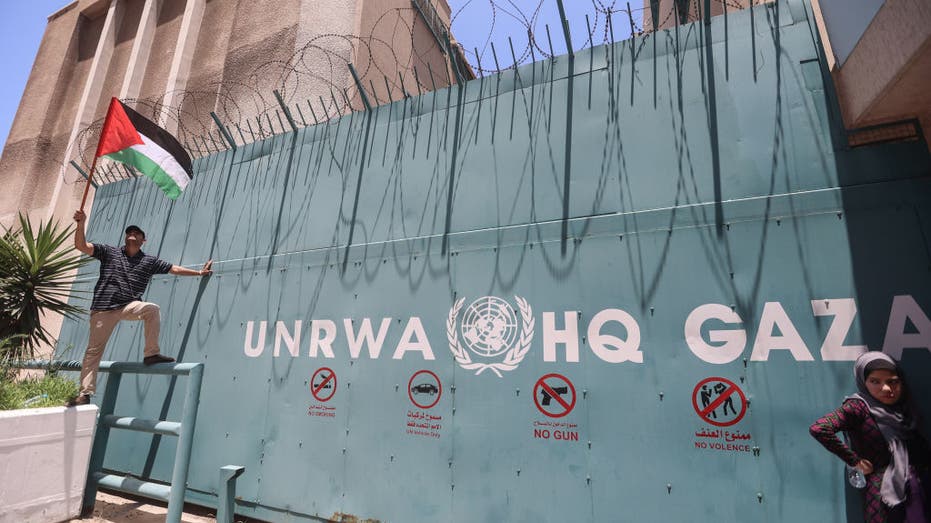
War has a way of attracting storytellers, different kinds at different phases of the story. Usually the journalists get there first, before the authors and historians arrive to place events in a grander narrative. The artists tend to be among the stragglers, though their works, once out in the world, can have the greatest resonance.
The release of Porcelain War, the Oscar-nominated documentary about the Russian invasion of Ukraine, shows that the artists have arrived to tell their version of this story, and it is unlike anything the experts and reporters have shown us. For the filmmakers, this was no accident. “My main fear in making the film,” the co-director, Slava Leontyev, told me recently, “was that we would end up capturing something like a reportage.” His partner on the project, Anya Stasenko, puts an even finer point on it: “I refused to make it about the blood and gore and violence.”
[time-brightcove not-tgx=”true”]Set in the frontline city of Kharkiv, about 25 miles from the Russian border, the film cannot escape the violence of the war, and it does not seek to sugarcoat it. Russian shells rain down constantly, destroying parts of the city and its suburbs, killing thousands and forcing over a million civilians to flee the area. Leontyev, the co-director, serves in the Ukrainian special forces, and we follow his platoon into battle at one point in the film, watching the carnage through the cameras they attached to their uniforms.
But this scene is an exception to the overall tone of the film. Its main focus is not on the war itself but its antithesis: the beauty and humanity that war destroys. The action follows three artists: Leontyev and Stasenko, as well as their friend Andrey Stefanov, an oil painter who doubles as the film’s cinematographer. They fight the war not only with weapons but through their struggle to continue making art even as the air-raid sirens howl around them. These acts of creation, Leontyev explains, become a critical form of resistance against the Russians, whose goals in this war is not only to conquer Ukrainian territory but to eradicate Ukrainian culture.
Read more: Where to Watch Every Oscar Nominated Movie
The porcelain in the title of the film refers to the figurines the artists create, depicting phantasmagorical creatures like a baby dragon and a pegasus. Leontyev, in the spare time he has between training civilians to use assault rifles, designs and molds the figurines, while his partner Stasenko decorates them with her exquisite drawings. Their close friend, the oil painter Andrey Stefanov, is the film’s cinematographer, and the mastery he shows in setting up each frame seems all the more remarkable given his total lack of experience in camerawork.

All three of the artists are amateur filmmakers. At the start of the Russian invasion, they relied on their American collaborator, Brandan Bellomo, the writer, editor and co-director of the film, to provide the equipment they needed to make it. Bellomo never came to Ukraine to help them. On video calls that would go on for hours, he taught them how to use the cameras and microphones he sent to Kharkiv with the help of couriers, often mixed in among shipments of humanitarian aid.
The technical mastery of the film, as well as the accolades it has received, can seem difficult to reconcile with the fact that the Ukrainian filmmakers were basically winging it. Porcelain War won the Grand Jury prize at the 2024 Sundance Film Festival for best U.S. documentary. Stefanov has been nominated for the American Society of Cinematographers Documentary Award, a rare feat for a first-timer. Last month the film was nominated for an Academy Award for best documentary feature.
The Oscar in that category went last year to another film about the war, 20 Days in Mariupol, a towering work of journalism made during the Russian siege and bombardment of that city in southern Ukraine. Its director, Mstyslav Chernov, is a war correspondent for the Associated Press, and he has often spoken of his desire to show the war in all its horror, even as he recognized the risks of doing that.
“To watch people crying, it’s hard,” he said in January 2023, around the first anniversary of the Russian invasion. “When you place an audience for 90 minutes into this chaos and this mess and this violence, there is a risk of people getting too overwhelmed or even pushed back by the amount of this violence.”
The subtlety of Porcelain War, which premiered in the U.S. in November, helps the film avoid that risk. At its heart is the love story of Leontyev and Stasenko, whom we observe in their quiet moments, crafting figurines in their workshop or walking their dog Frodo through the mine-strewn woods around Kharkiv. Such languorous scenes led one of my friends, a seasoned war reporter, to remark that the film was short on action, and its pace is undeniably slower than the typical war documentary.

But its approach offers an answer to the problem Chernov recognized in releasing 20 Days in Mariupol. As the war grinds, it becomes harder for journalists to grab and hold the attention of their audiences. President Volodymyr Zelensky, himself a former filmmaker and comic actor, was keenly aware of this danger from the start. “It’s only a matter of time,” Zelensky told me in April 2022, about two months into the Russian invasion. “Sadly our war is perceived through the big social networks. People see this war on Instagram. When they get sick of it, they will scroll away. It’s a lot of blood, a lot of emotion, and that tires people.”
A year and a half later, when we discussed this problem again, Zelensky sensed it was getting worse. “Exhaustion with the war rolls along like a wave,” he told me in the fall of 2023. “You see it in the United States, in Europe. And we see that as soon as they start to get a little tired, it becomes like a show to them: ‘I can’t watch this rerun for the 10th time.’”
Zelensky’s answer to this challenge has been to travel the world, giving interviews to reporters and convincing his foreign leaders not to succumb to what some Western pundits have termed “Ukraine fatigue.” Porcelain War, through its beauty and the magnetism of its characters, offers another way to address this dilemma. The film connects with its audience in a register that only works of art can reach. As the war enters its fourth year, Ukraine needs new ways to tell the story of the war, and artists may turn out to be its most effective messengers.
.png)


